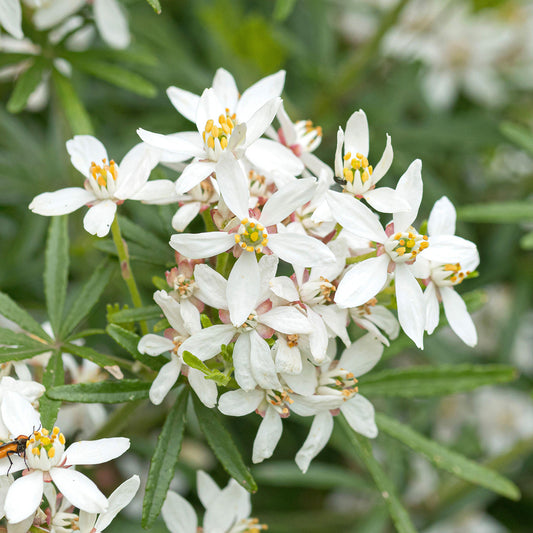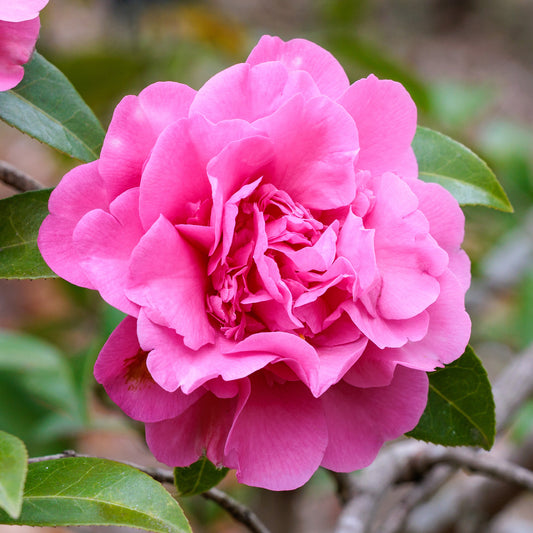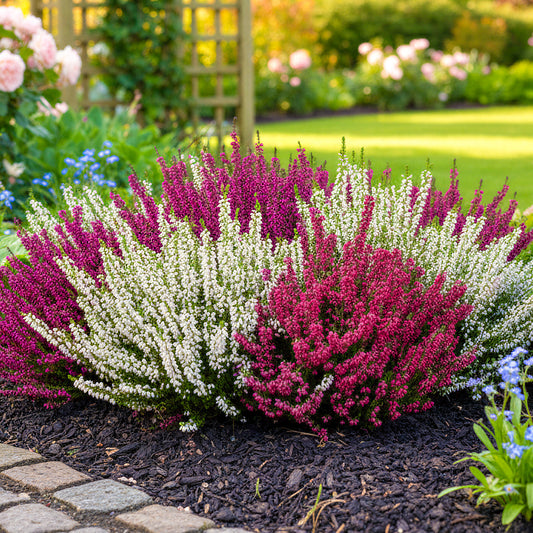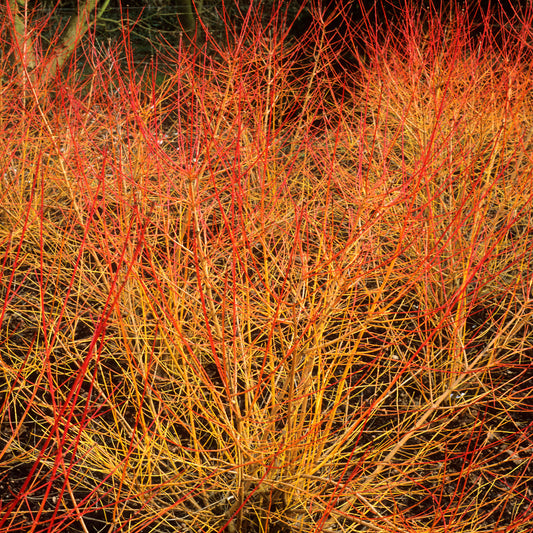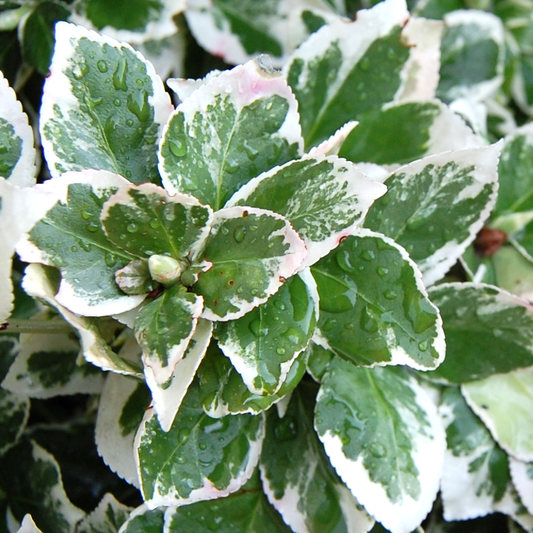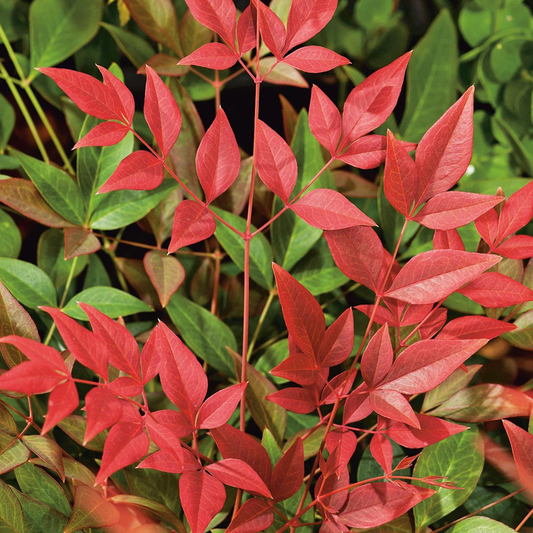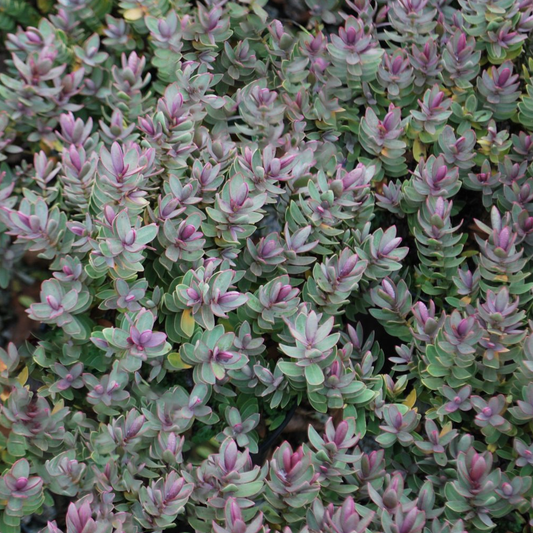Product description
Our collection of mixed Ferns provides striking foliage that adds colour and texture to borders, beds, and containers. With their reaching fronds, these plants make an excellent addition to any area of the garden, providing structure and beautifully complementing your other plants.
Carefully selected from our extensive range of outdoor Ferns, the exact plants received will vary to provide the best-looking plants throughout the year. You can rest assured, however, that you’ll get as broad a variety as possible.
Ferns are low maintenance plants that are easy to grow and care for. Their distinctive fronds can get scorched by strong sun, so plant ferns in partial shade or full shade in moist but well-draining soil. Little pruning is required, simply remove dead or damaged fronds as necessary.
Please Note: When purchasing plants please consider that each live item is unique and may, therefore, differ from the images shown, which are for illustration purposes only. Plants are selected at random based on availability. Our 8 pack will be supplied as two 4 packs.
Garden Plant Size Guide

Plants in larger pots can be multiple years older than their smaller counterparts with more mature root systems and foliage. This makes them able to thrive as a full size plant in your garden quicker than smaller alternatives.
The most common size of pot that garden plants come in are 9cm/1L/3L/5L this is in reference to the diameter at the top of the pot.
9cm potted plants still remain the most popular cost effective option though, they just may take a little patience to allow them to grow into full maturity once planted in your garden.
Plant specs, care guide & tips
Key features
When to plant
| Jan | Feb | Mar | Apr | May | Jun | Jul | Aug | Sep | Oct | Nov | Dec |
|---|---|---|---|---|---|---|---|---|---|---|---|
Planting and period of interest times are general guidelines and may vary based on your location and conditions. For best results, consult local gardening resources.
Instructions
Top Tip
Use fertiliser sparingly, as ferns are susceptible to burning from over fertilisation. Instead, mix some organic matter, such as compost or rotted leaves, into the soil to provide added nutrients.
How to Water
Water ferns regularly, particularly during dry spells, aiming to keep the soil evenly moist but not waterlogged. Direct the flow of water towards the soil at the base of the plant, avoiding getting the fronds too wet, which can lead to rotting.
How to Plant
Dig a hole slightly larger than the root ball and position the fern so the top of the root ball is level with the soil surface. Backfill the hole and gently firm down the soil before watering well.










